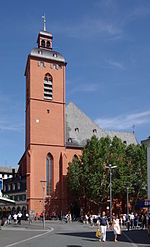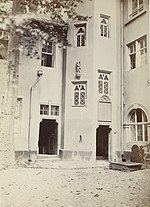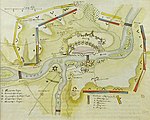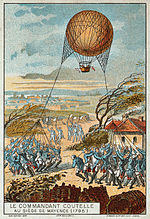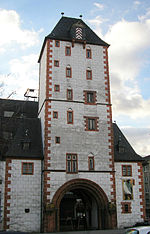St. Christoph's Church, Mainz
14th-century Roman Catholic church buildings in GermanyChurches completed in 1330Gothic hall churches in GermanyRoman Catholic churches in Mainz
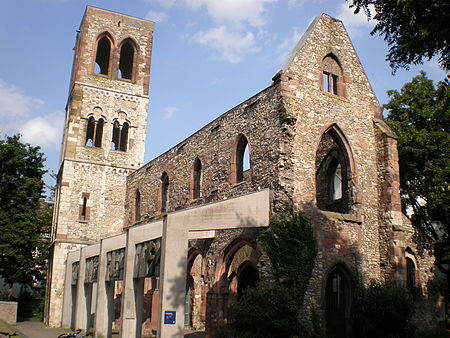
The church of St. Christoph in Mainz, known in German as St. Christoph zu Mainz, is an example of early gothic architecture. St. Christoph was originally built between 1240 and 1330. The church is associated with Johannes Gutenberg, who may have been baptised there. It had been erected in Christofstraße in the historic city centre of Mainz and adjacent to the Karmeliterplatz. Its ruins represent the central war memorial in the city of Mainz, in memory of the victims and the destruction of the city in World War II, such as the bombing of Mainz on 27 February 1945.
Excerpt from the Wikipedia article St. Christoph's Church, Mainz (License: CC BY-SA 3.0, Authors, Images).St. Christoph's Church, Mainz
Christofsstraße, Mainz Altstadt
Geographical coordinates (GPS) Address Website External links Nearby Places Show on map
Geographical coordinates (GPS)
| Latitude | Longitude |
|---|---|
| N 50.0019 ° | E 8.2722 ° |
Address
St. Christoph
Christofsstraße 8
55116 Mainz, Altstadt
Rhineland-Palatinate, Germany
Open on Google Maps
